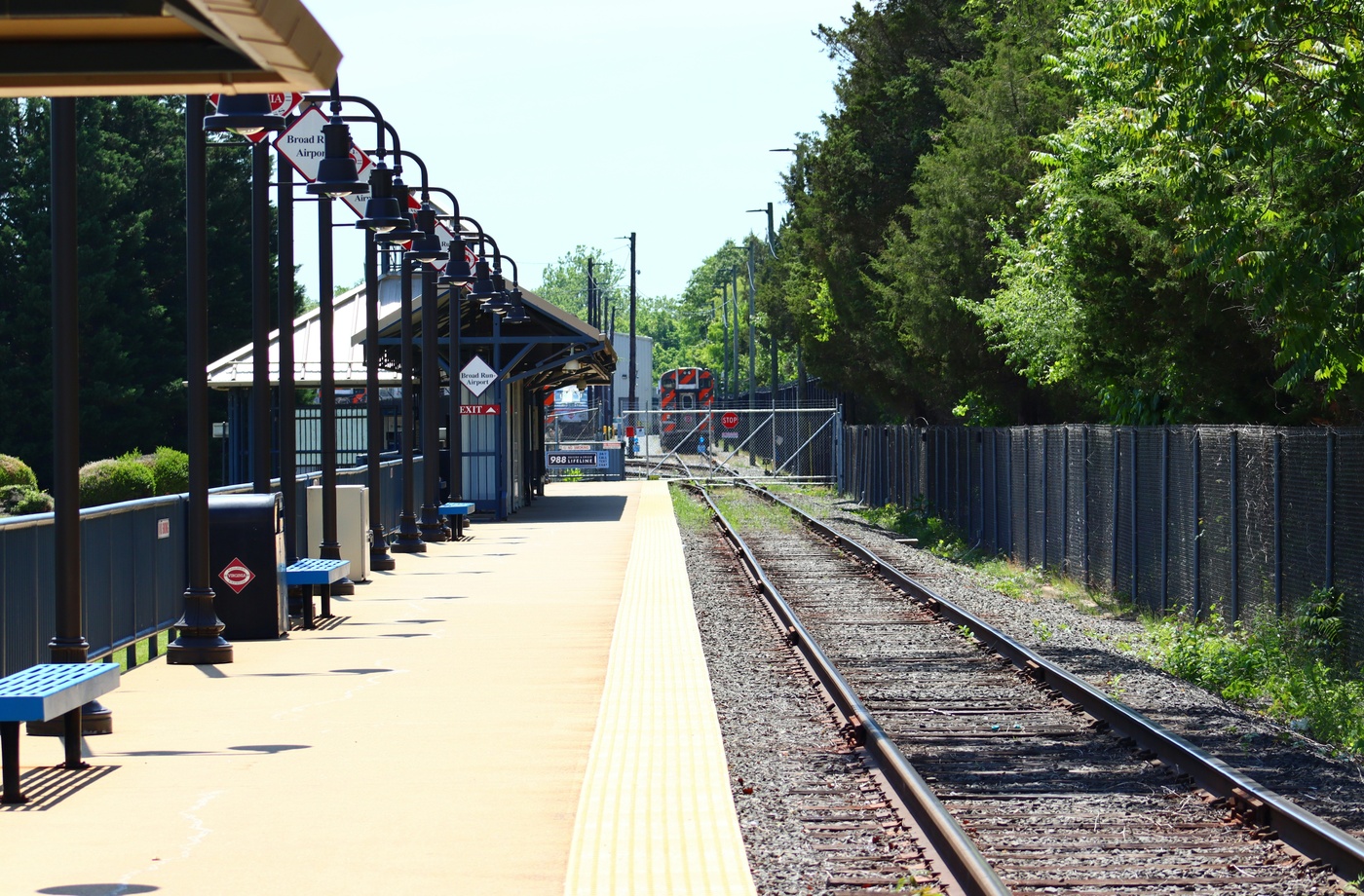Rail travel is one of the safest modes of transportation, but like any public system, it comes with its own set of best practices for a safe and smooth experience. Whether you’re a seasoned commuter or boarding your first train, understanding how to stay alert and prepared can make all the difference. Here’s a guide to essential rail safety tips every passenger should know.
- Stay Behind the Safety Line
Most train platforms are marked with a yellow or white safety line near the edge. Always stand behind this line until the train has come to a complete stop and the doors open. This ensures safe boarding and protects you from unexpected movement on the tracks. - Be Alert at Crossings
If you’re traveling on commuter or regional rail that involves outdoor platforms or crossings, never attempt to cross the tracks when lights are flashing or gates are lowering. Trains often approach faster and quieter than expected. Follow Operation Lifesaver guidelines to stay safe around rail crossings. - Don’t Rush the Doors
Wait for passengers to exit before boarding. Pushing or crowding can lead to accidents or delays. For boarding in crowded areas, form a line and move calmly into the train. - Use Handrails and Mind the Gap
Train steps and platform gaps can vary in size. Always watch your footing and use handrails when boarding or exiting. If you’re traveling with children or individuals with mobility issues, assist them through these transitions. - Keep Aisles Clear
Once aboard, stow bags in designated luggage racks or under seats to avoid blocking walkways. This not only improves passenger flow but also prevents tripping hazards in case of sudden stops. - Secure Your Belongings
Keep valuables close and never leave personal items unattended. On long-distance trains, use seat-back pockets or under-seat space to keep essentials within reach. For overnight rides, consider locking your luggage or using cable locks for added security. - Follow Conductors’ Instructions
Train staff are trained to manage both normal operations and emergency procedures. Always follow their instructions during delays, emergencies, or reroutes. If you’re unsure about stops, transfer information, or safety issues, don’t hesitate to ask. - Stay Off the Tracks at All Times
Never attempt to retrieve dropped items from the tracks. Notify station staff immediately for assistance. Jumping down or trying to cross tracks can result in serious injury or worse. - Be Cautious Around Doors
Keep clear of automatic doors when they are opening or closing. Never try to force doors open if they begin to shut. Doing so can damage equipment or pose safety risks to others. - Use Transit Apps for Real-Time Alerts
Apps like Transit and Moovit offer real-time train arrival data, service alerts, and platform info. Staying informed can help you avoid crowded platforms or sudden schedule changes.
Bonus: Safety Can Include Smart Spending
While safety is the focus here, it’s also smart to think about security when making purchases during your rail journey. Instead of pulling out your physical card in crowded stations, use mobile wallets or digital gift cards:
- Earn cashback with a Starbucks gift card for contactless coffee purchases
- Get Dunkin’ at a discount with Fluz without swiping your card
- Explore other savings with the Fluz store directory, or download the app
Final Thoughts
Safety on the rails starts with awareness. From the moment you arrive at the platform to the time you step off your train, following basic safety guidelines protects you and those around you. Combined with a few smart tech habits, your next ride can be as secure as it is efficient.



